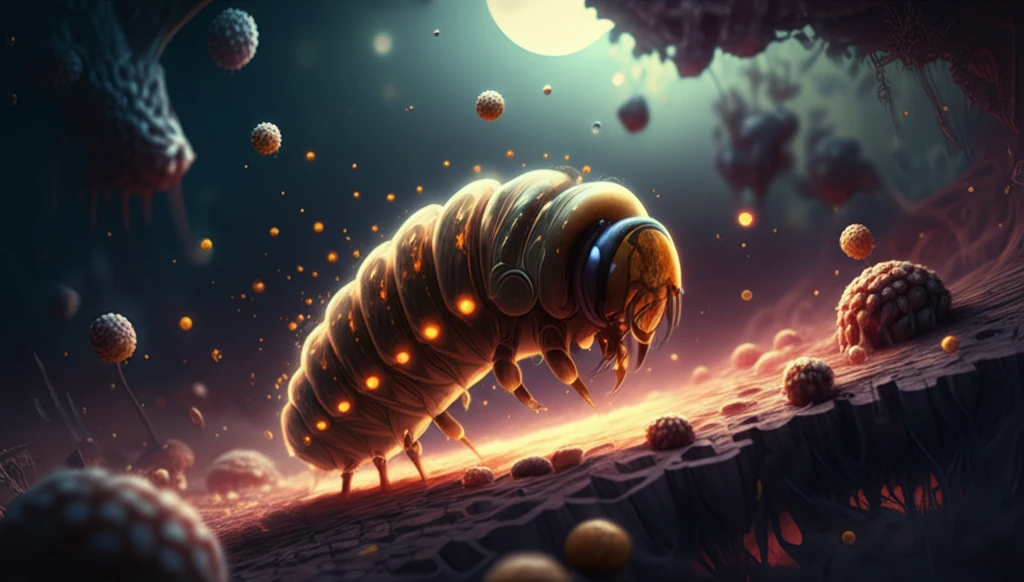
The Wild Bee Crisis: Why Nutritional Ecology Holds the Key to Their Survival
"Discover how understanding the nutritional needs of wild bees can transform conservation efforts and safeguard our ecosystems."
Our planet's wild bee populations are facing an unprecedented crisis. These essential pollinators, critical to both natural ecosystems and agricultural production, are dwindling at an alarming rate. This decline threatens the biodiversity of our planet and the stability of our food supply, making it imperative to understand and address the root causes.
Current conservation efforts often fall short, focusing on the quantity of food available to bees rather than its quality. This approach overlooks the complex nutritional needs of wild bees, particularly the specific requirements of their larvae. A deeper understanding of bee nutritional ecology is crucial for effective conservation strategies.
Enter ecological stoichiometry, a cutting-edge framework that analyzes the balance of elements in ecological interactions. By applying this approach to bee nutrition, scientists can uncover the hidden constraints that limit bee populations and develop targeted interventions to reverse the decline. This article explores how ecological stoichiometry can revolutionize our understanding of bee biology and pave the way for more effective conservation efforts.
What is Ecological Stoichiometry and Why Does It Matter for Bees?

Ecological stoichiometry is essentially the study of the balance of energy and matter in ecological interactions, focusing on the elemental composition of organisms and their food. Unlike traditional ecological analyses that focus on single dimensions like energy or biomass, ecological stoichiometry uses multiple currencies, primarily the atomic ratios of elements, to provide a more comprehensive understanding of nutritional constraints.
- The Law of Conservation of Mass: The total mass of the system will remains constant.
- A More Holistic View: Considers multiple nutritional dimensions, providing predictive power beyond traditional methods.
- Focus on Scarcity: Highlights the importance of scarce elements like nitrogen and phosphorus.
The Future of Bee Conservation: A Call to Action
The decline of wild bee populations is a complex issue requiring a multifaceted approach. However, by embracing ecological stoichiometry and focusing on the nutritional quality of bee diets, we can develop more effective conservation strategies. Future research should focus on understanding the stoichiometric diversity of pollen, the specific nutritional needs of different bee species, and the key plant species that provide balanced nutrition. By bridging these knowledge gaps, we can ensure a brighter future for wild bees and the ecosystems they support.
